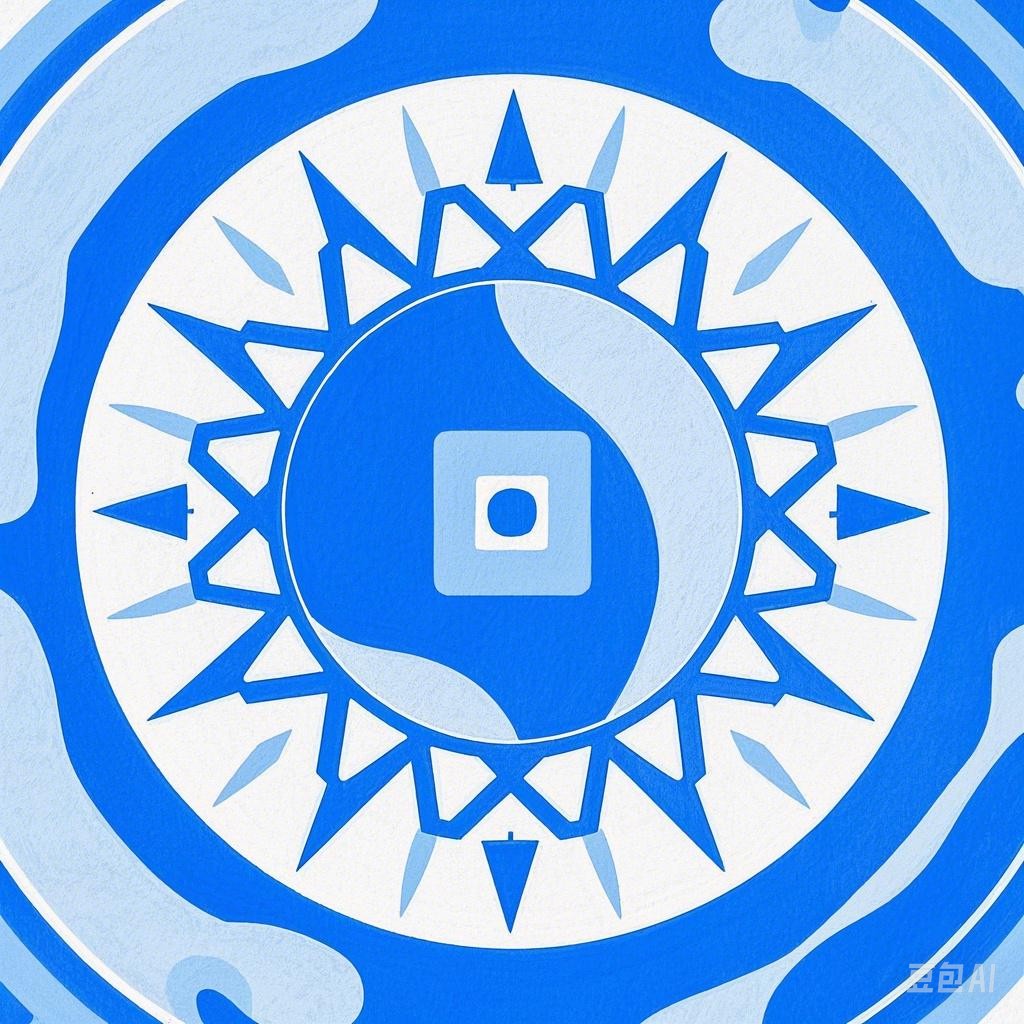Introduction
Festivals are an integral part of cultural heritage, uniting communities, fostering traditions, and celebrating the diversity of human experiences. This article takes you on a journey through various cultural celebrations, exploring their significance, history, and the magic they bring to the world. By delving into the details of these festivals, we aim to appreciate the rich tapestry of cultural celebrations across the globe.
1. The Origin of Festivals
Festivals have been a part of human history for centuries, with their roots in ancient rituals, religious beliefs, and agricultural practices. These events were often designed to honor deities, mark the change of seasons, or celebrate丰收 (harvest).
1.1 Ancient Rituals
In many ancient cultures, festivals were held to appease gods and goddesses or to seek their favor. For example, the ancient Egyptians celebrated the festival of Osiris to honor the god of the afterlife and agriculture.
1.2 Religious Festivals
Religious festivals are an extension of spiritual beliefs and practices. Some notable examples include:
- Christmas: Celebrated on December 25th, Christmas commemorates the birth of Jesus Christ and is a time for family, gift-giving, and religious observance.
- Diwali: Known as the “Festival of Lights,” Diwali is a five-day celebration in Hinduism that marks the victory of good over evil and light over darkness.
- Eid al-Fitr: Marking the end of Ramadan, this Islamic festival is a time for prayer, fasting, and feasting.
2. The Significance of Festivals
Festivals play a crucial role in preserving cultural identity and promoting social cohesion. They provide a platform for the expression of traditional arts, music, dance, and food, fostering a sense of belonging and community among participants.
2.1 Cultural Preservation
Festivals are a living testament to cultural heritage, ensuring that traditional practices, customs, and stories are passed down through generations. For instance, the Carnival in Brazil combines African rhythms with European dance to celebrate the nation’s diverse cultural roots.
2.2 Social Cohesion
Festivals bring people together from different backgrounds, fostering a sense of unity and harmony. The Holi festival in India is a prime example, where people of all ages and backgrounds come together to play with colors, symbolizing the triumph of good over evil.
3. Popular Festivals Around the World
3.1 Chinese New Year
Celebrated on the first day of the lunar new year, Chinese New Year is a time of renewal and hope. It is marked by dragon dances, red lanterns, and the exchange of red envelopes containing money. This festival symbolizes the beginning of a new year and is filled with customs like sweeping the house to rid it of bad luck and preparing special dishes like dumplings and fish.
3.2 Mardi Gras
Mardi Gras, or Carnival, is a celebration held on the day before Lent in several countries, notably in New Orleans, Louisiana. It is characterized by colorful parades, costumes, and music, culminating in a massive Mardi Gras festival.
3.3 Oktoberfest
Oktoberfest is the world’s largest beer festival, held annually in Munich, Germany. It celebrates Bavarian culture and history, with beer tents, traditional German food, and music.
4. Festivals and the Digital Age
In today’s digital age, festivals have adapted to incorporate new technologies, social media, and online platforms. Virtual reality (VR) has become a popular tool for immersive festival experiences, while social media allows participants to share their experiences in real-time.
4.1 Virtual Festivals
The COVID-19 pandemic has led to the rise of virtual festivals, where attendees can enjoy performances, workshops, and other activities from the comfort of their homes. These events often feature high-quality streaming and interactive elements, bridging the gap between physical and digital experiences.
4.2 Social Media and Festivals
Social media platforms like Instagram, Facebook, and Twitter have become an integral part of festival culture. They enable attendees to share photos, videos, and stories, creating a sense of community and allowing those who cannot attend to feel included.
Conclusion
Festivals are a magical blend of tradition, culture, and community. They offer a unique glimpse into the diverse tapestry of human heritage and serve as a reminder of the power of celebration and unity. As we continue to navigate the digital age, it is important to embrace the magic of festivals and find new ways to celebrate, share, and preserve our cultural heritage.
